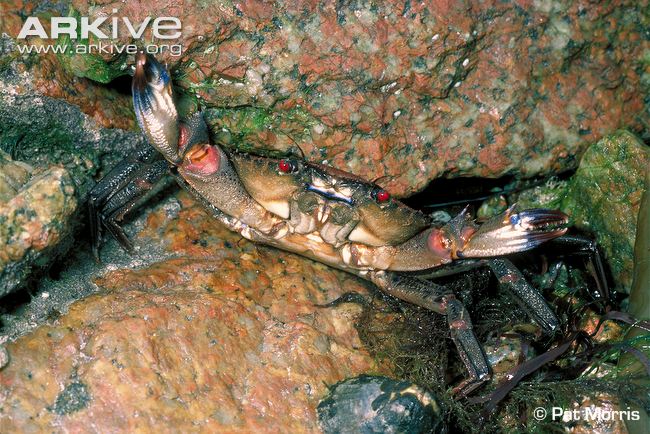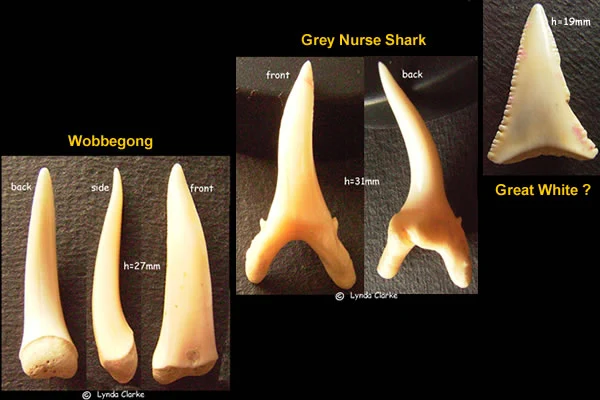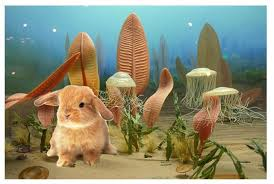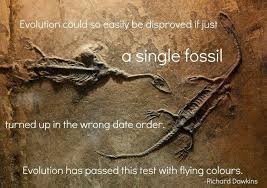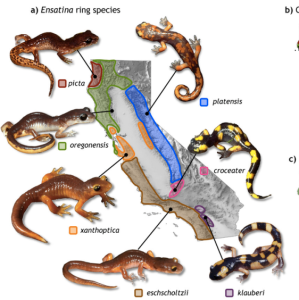
Now that I’m over here in Cork, I can finally start working on this PhD. This is both very exciting and also if I am honest, a little bit daunting. Just because I know that this is going to be a new challenge for me and I assume that I will be working at a much faster pace from now on. So lately I have been looking over all the papers, reviews and podcasts that my new supervisor has recommended along with a few papers I have found, that either help explain unfamiliar topics or, that are just generally interesting.
My PhD is a part of a much bigger project that is running over a 60 months period at University College Cork (UCC). The overall aims of this project are to gain a deeper understanding of how genetic, environmental and physiological factors interactively shape alternate life histories and how this in turn affects a populations demographic. (told you there would be science on here at some point.)
Right so what does this mean? and what does this have to do with facultative anadromy in brown trout? To answer the former of the questions I should probably talk a little about the basics of evolution. Life history theory in ecology and evolution refers to the timing of key events in an organism’s lifetime, as shaped by natural and/or sexual selection. As we know natural selection is a driving force of evolution. Traits of an organisms are selected for or against, thus affecting the Darwinian fitness of said organism. The organism with traits that are selected for pass their genes on, thus the genetic lineage and the trait survives. However, ecosystems are not a static concept, an organisms’ environment is constantly changing. This can give rise to environmentally triggered alternative phenotypes. Most phenotypic traits that have influence on the adaptive fit between an organism and its environment are influenced by a multitude of interacting genes which are expressed dependent on the developmental stage and extrinsic factors. This further complicates the phenotype to genotype map as different genes, or gene combinations may produce the same particular trait (phenotype) in different environments, this is known as counter-gradient variation. Although the same genotype can produce very different phenotypes in response to environmental factors or cues.
Often is the case that two or more discrete phenotypes occur within an interbreeding population (sympatry). These phenotypes can be defined by morphology, distinct life history, or physiology. Here is where the brown trout come in. Brown trout (Salmo trutta) populations can show facultative anadromy. Anadromy is defined as the migration of fish, from salt water to fresh water, as adults. However in brown trout individuals migrating to sea to mature (sea-trout) while others remain in the river (river-residents). Now this is why I waffled on about all that phenotype jargon… Within the same river system these two environmentally triggered alternative phenotypes may co-exist within one population. To further complicate things there is no clear indication of what influences the ‘decision’ to go to sea. Why is it that within one population some trout go to sea and some stay? and although there is a tendency to track parental life history, why can environmental ques change the ‘decision’ to track the ‘choice’ of its parents? What happens when you crossbreed the phenotypes? or change the environment? limit the resources? decrease competition? introduce a predator? All these questions have been buzzing around in my head over the last few months, hopefully over the next few years there will be answers (but inevitably there will be many more complicated and puzzling questions…).
So what am I going to be doing? Well many of my family have been trying to explain that to there colleagues and friends by saying either:
‘It is something to do with fish in Ireland’ or my personal favorite.. ‘Err…Trout?’
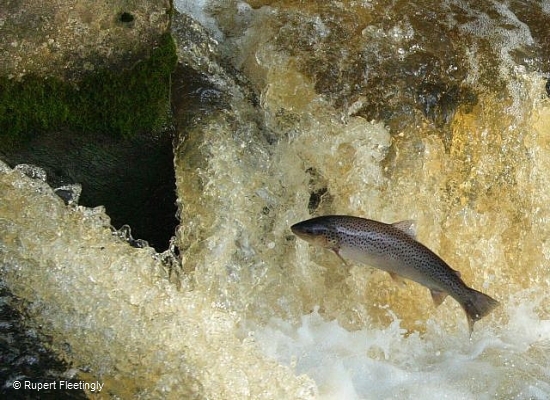
But seriously what will I be doing?
Well my main experiment will involve a reciprocal transplant of trout between the two river systems, the Erriff and the Burrishoole system. These systems are ideal for this study as one (Burrishoole) has typically <10% anadromy in recent years and the other (Erriff) has typically over 90%. Additionally both systems have streams with downstream traps which monitor migration. Reciprocal transplant experiments are useful as they can gain deeper insight into whether phenotypic differences among populations have a genetic basis. Considering genetic and environmental influences, Burrishoole trout should show lower incidence of anadromy when reared in the Burrishoole system. However, they should show higher rates of anadromy when reared in the Erriff system. Meanwhile we should see the same pattern in the Erriff trout, that being, Erriff trout, reared in the Erriff system should have a higher rate of anadromy, and when they are reared in Burrishoole we should see a lower rate. The experimentally created hybrid families are expected to exhibit intermediate patterns compared to the pure families in each environment. The aforementioned traps will catch any migrating individuals, the fish will be examined for morphological indicators of smoltification and a sample will be taken for genetic and genomic analysis. Additionally, there will be extensive, strategic sampling of the non-migrating population.
When aiming to understand alternate life histories are shaped, genetic and genomic techniques are often employed. In spite of the recent advancements and increased understand of evolutionary ecology of migration, relatively little is known about the genetic architecture of migration related traits. When looking into the genetic basis of alternate life history tactics in brown trout, we will use two complimentary genomic approaches: genome wide association study (GWAS) and microarray technology will be used. GWAS will allow for loci associated with the propensity for anadromy to be identified, whereas the microarray will help us gain greater understanding of what genes are being expressed. I must add here that I am still currently reading the ins and outs of how this will be done and plan to write a detailed blog about it in a few months after a few chats with my supervisor and the genomics team, hopefully I’ll be up to speed about the genomic and quantitative genetic components by then.
All in all, I am looking forward to getting suck in and although I still have a few worries and nerves about the academic pacing of the project, I am happy to finally reach the beginning at last.


